Shaunak Sen, director of All That Breathes, says that he has received an avalanche of messages of "encouragement/support" after his climate change documentary lost out to Navalny at the Oscars.
“Naatu Naatu" from RRR (2022) and the documentary film The Elephant Whisperers emerged as winners in the Original Song and Documentary Short Film categories at the 95th Academy Awards, held in Los Angeles on Sunday.
Sen said his "brain is still to wrap around the fact that this is the end of this chapter" for the film, which was nominated in the Documentary Feature Film segment. "So many chin-uppy messages of encouragement/support since yesterday. We were low for about an hour, but we're soon distracted into equanimity amidst the whirl of glittery people and things. Brain is still to wrap around the fact that this is the end of this chapter," the director wrote on Instagram alongside pictures with his team.
All That Breathes is a Delhi-set documentary that follows two siblings, Mohammad Saud and Nadeem Shehzad, who have devoted their lives to rescuing and treating injured birds, especially black kites. The critically-acclaimed documentary previously won the 'World Cinema Grand Jury Prize: Documentary' at the 2022 Sundance Film Festival and the Golden Eye award for the best documentary at the 2022 Cannes.
The film is yet to release in India and Sen said his next agenda is to figure out the distribution in the country. "Next we'll be working hard to figure India distribution (HBO has ended its deal in India with Hotstar it appears, and we're figuring out which platform it'll come out on now). For now, very very nice to share this bizarre, swollen day with the brothers, and so many members of our crew. Hugest congratulations to all the winning films from India!" he wrote.
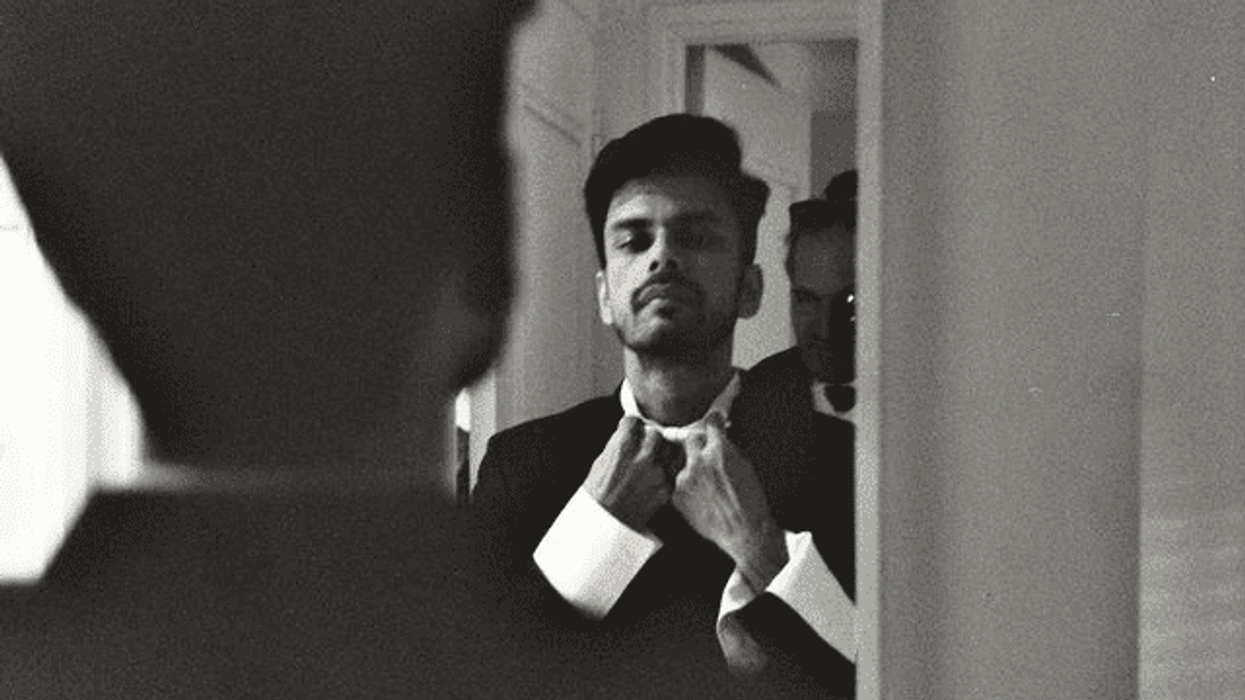
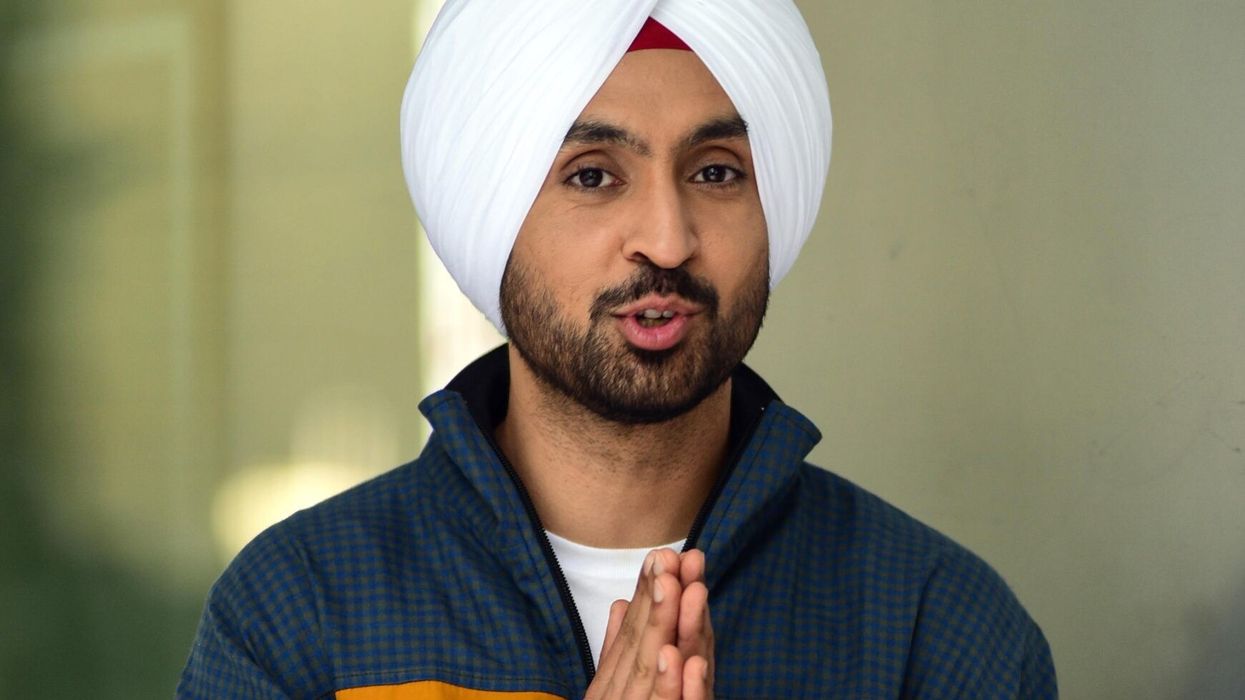
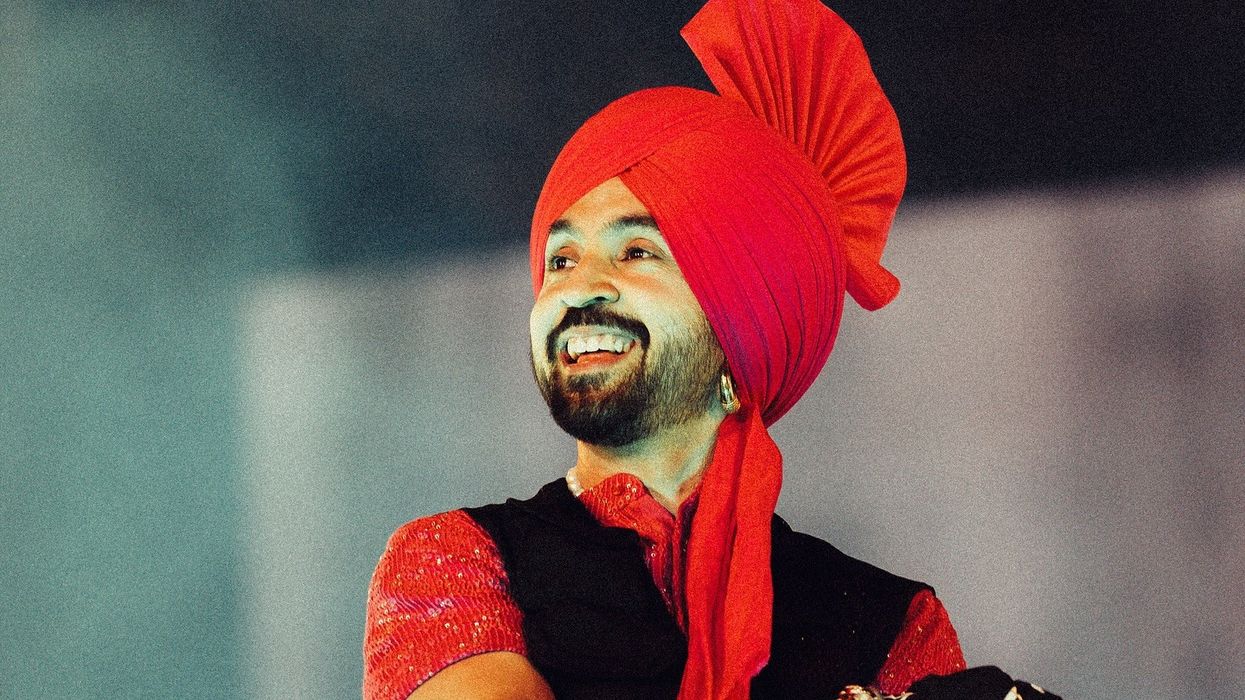
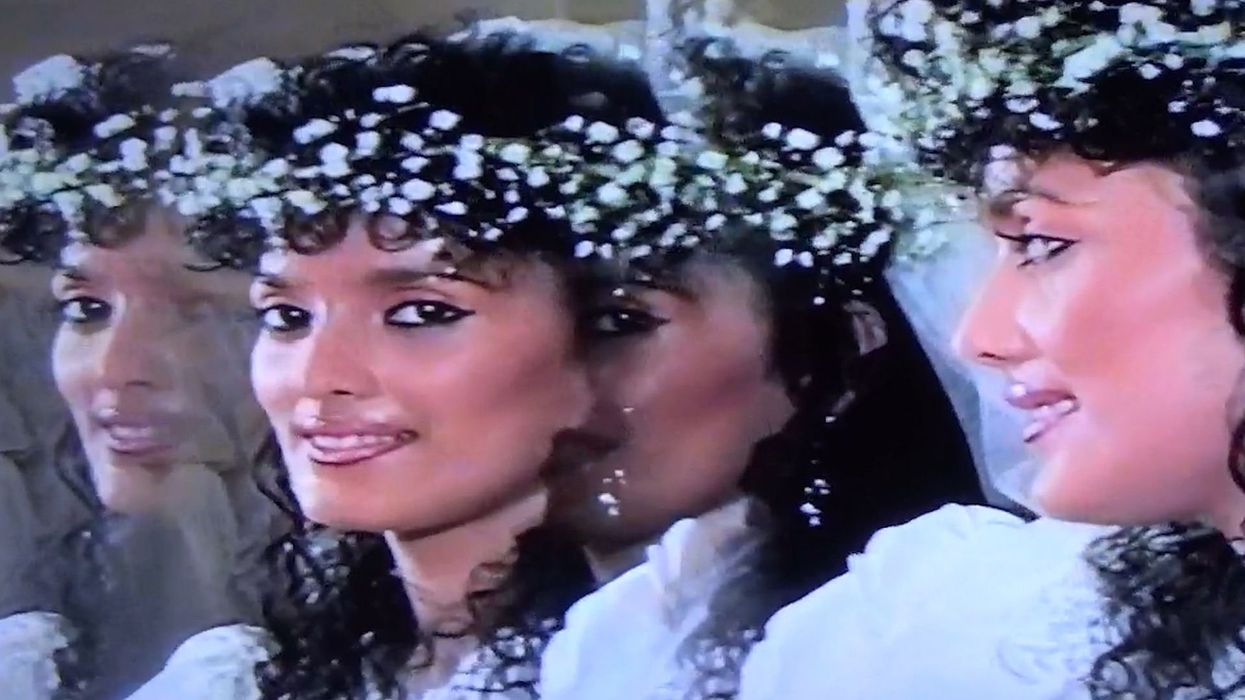
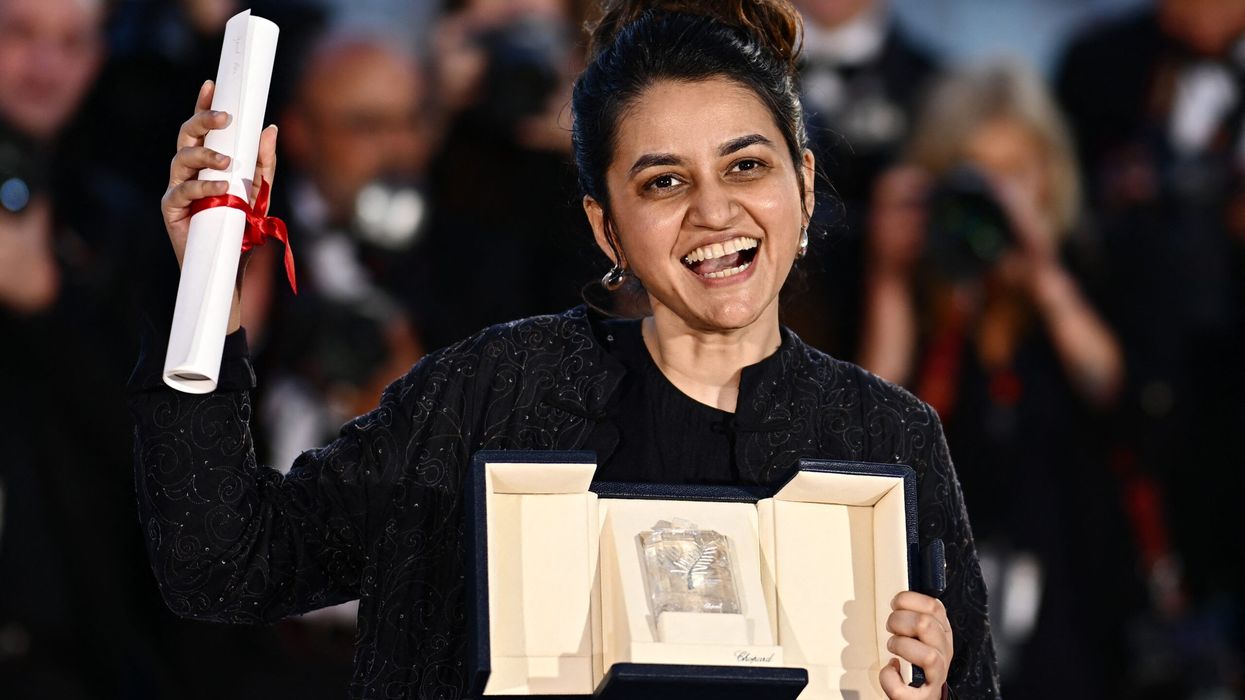

 Mona Singh charts her journey from bhangra royalty to global stages
Mona Singh charts her journey from bhangra royalty to global stages  Mona Singh reflects on legacy, longevity and life in music
Mona Singh reflects on legacy, longevity and life in music Mona Singh on carving her sound in a changing Punjabi music landscape
Mona Singh on carving her sound in a changing Punjabi music landscape Mona Singh revisits the milestones that shaped her musical career
Mona Singh revisits the milestones that shaped her musical career






